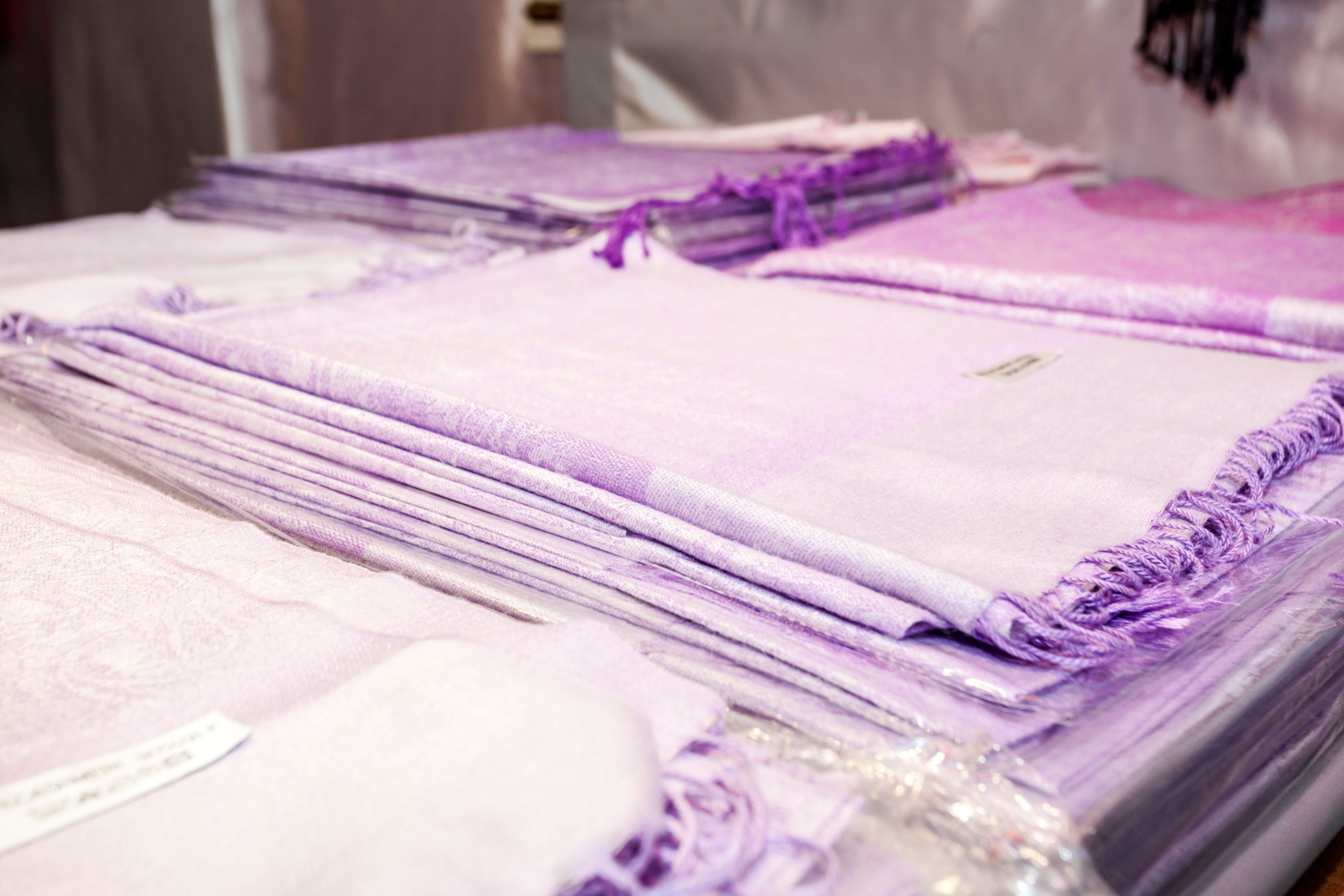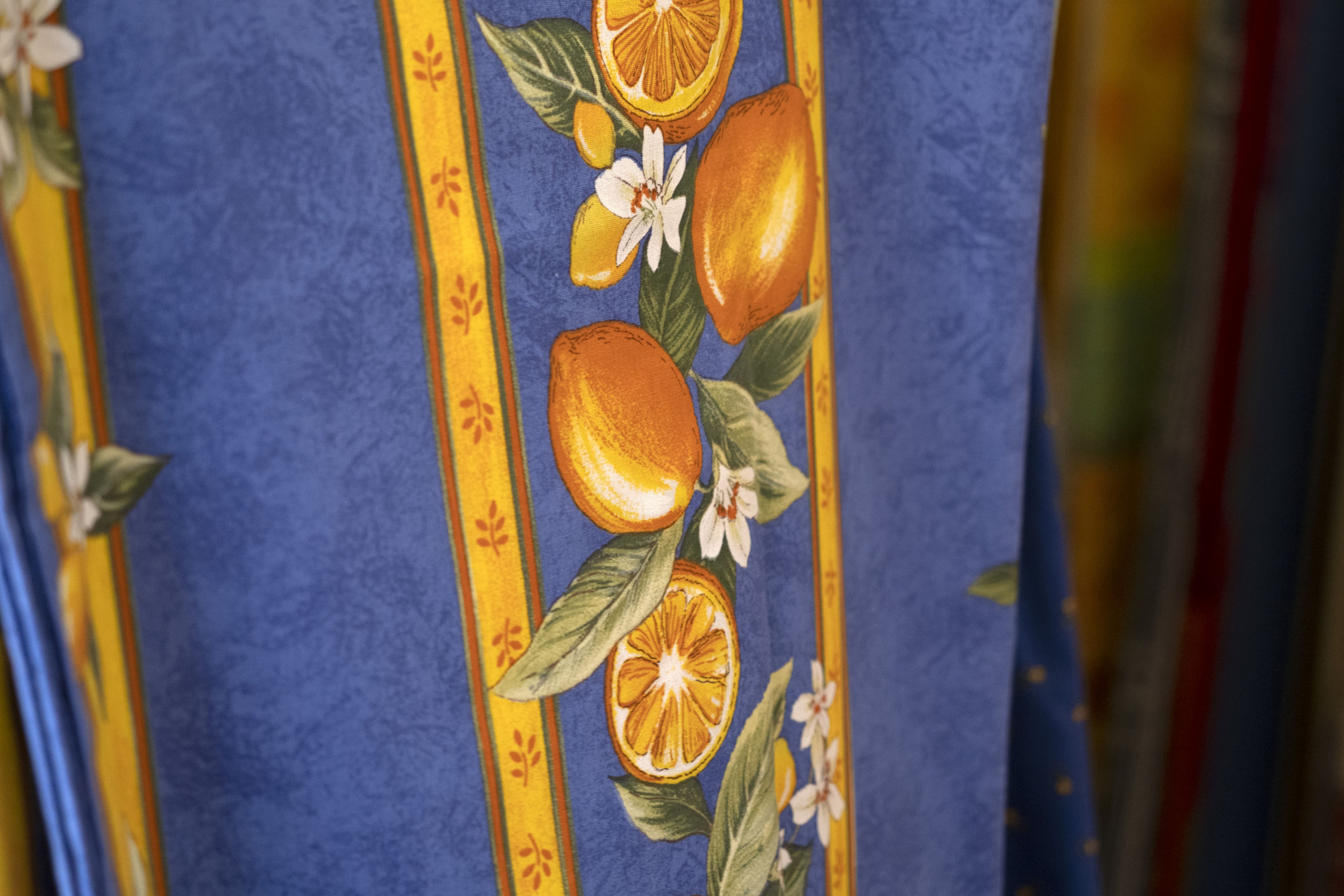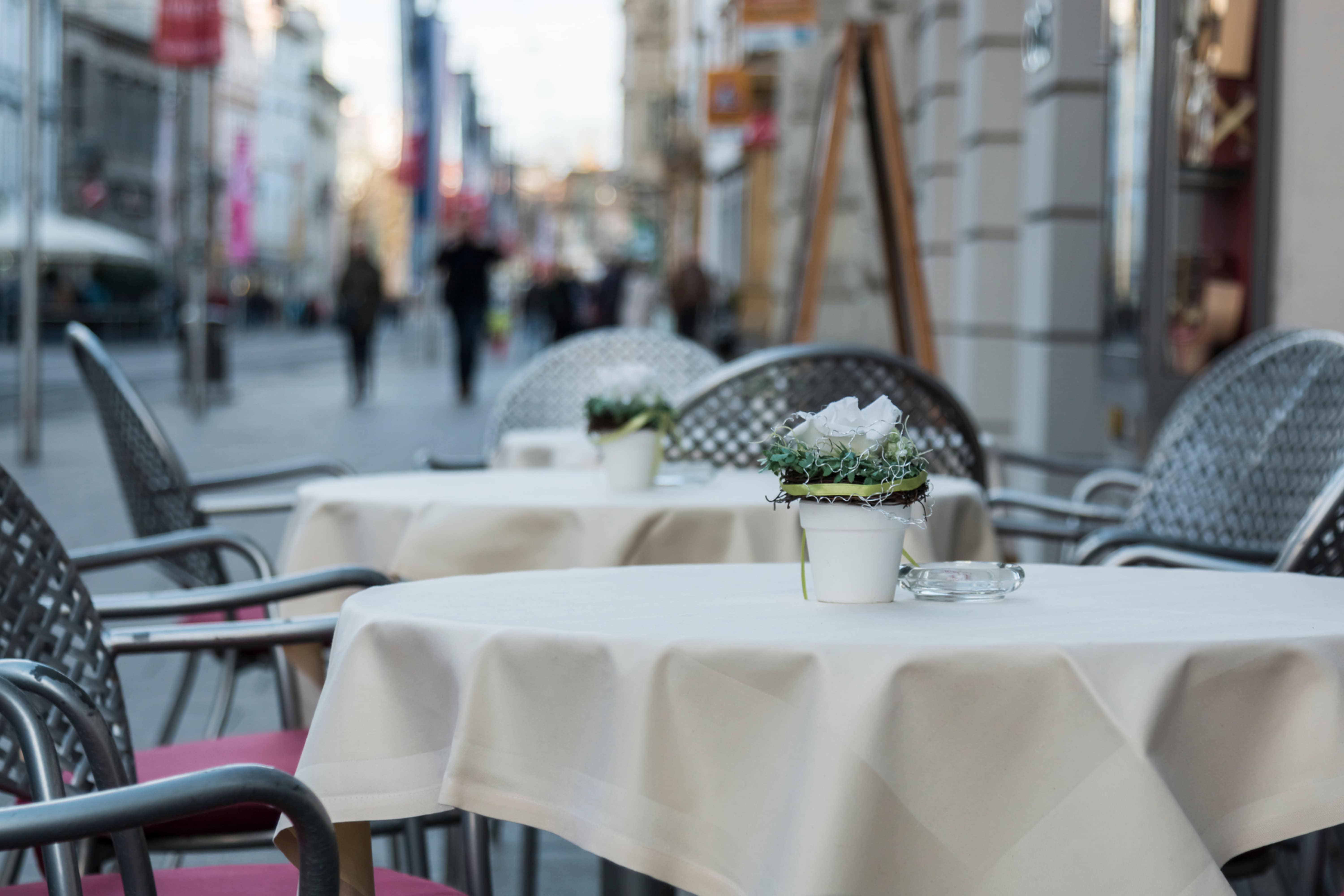Washing tablecloths can sometimes seem like a mundane task, but when it comes to ensuring the longevity and vibrancy of fabric, it’s a crucial one. Polyester tablecloths, in particular, are popular for their durability, stain-resistance, and affordability. They are a common choice for both everyday use and special occasions, blending practicality with aesthetic appeal.
Learning to wash them correctly is essential in maintaining their integrity and appearance.
Polyester, a synthetic fabric, possesses unique properties, making its care different from natural fibers like cotton. A well-maintained polyester tablecloth can withstand the test of time, showcasing its resilience and adaptability.
This article is a comprehensive guide to help you navigate through the process of washing polyester tablecloths, ensuring they remain in pristine condition.
Understanding Polyester: The Basics
Before diving into washing, understanding the fabric’s nature is crucial. Polyester is a durable, synthetic fabric known for its ability to resist stains, wrinkles, and fading. It’s versatile, allowing it to blend well with other fibers, enhancing its usability. These properties make it an optimal choice for tablecloths that need to endure spills and frequent washings.
Polyester’s resistance to shrinking and stretching maintains the fabric’s form, even after multiple wash cycles. This durability is a defining characteristic, enabling polyester tablecloths to retain their shape and vibrancy, essential for maintaining aesthetic appeal. However, polyester can be prone to oil stains, necessitating prompt attention and proper washing techniques.
Research has indicated that appropriate care of polyester extends its lifespan, ensuring it continues to meet aesthetic and functional needs effectively. Therefore, an accurate understanding and implementation of washing methods are pivotal for optimal results.

Step-by-Step Guide to Washing Polyester Tablecloths
Embarking on the washing journey requires a step-by-step approach. Adherence to recommended practices is fundamental in ensuring polyester tablecloths are cleaned effectively, maintaining their texture and color. Here is a simple, numbered list to guide you through the process:
- Pre-Treat Stains: Identify any stains on the tablecloth and pre-treat them with a stain remover or gentle detergent before washing.
- Use Cold Water: Wash polyester tablecloths in cold water to prevent damage and color fading.
- Choose Mild Detergent: Opt for a mild detergent as harsh chemicals can damage the fibers.
- Avoid Fabric Softeners: They can build up on the fabric, affecting its texture and appearance.
- Rinse Thoroughly: Ensure all detergent is rinsed out to maintain the fabric’s integrity.
- Dry Properly: Air-dry if possible or use a low heat setting if you must tumble dry.
Comparing Washing Techniques: Hand Wash vs Machine Wash
When washing polyester tablecloths, deciding between hand washing and machine washing is pivotal. Both have their merits, but choosing the right method can impact the longevity and maintenance of the fabric. A comparison table can help illustrate the differences and guide you in making an informed decision
[table id=446 /]
The Do’s and Don’ts of Washing Polyester Tablecloths
Adhering to recommended practices while avoiding common pitfalls is crucial in maintaining the fabric’s quality. Here’s a concise, unnumbered list of do’s and don’ts to guide you through the washing process effectively:
Do: Use a mesh laundry bag for delicate polyester items to prevent damage.
Do: Regularly clean your tablecloths to prevent permanent staining and odor accumulation.
Don’t: Overload the washing machine; it can cause stretching and wrinkling.
Don’t: Expose polyester to high heat; it can weaken the fibers and cause shrinkage.
Innovative Techniques: Enhancing Polyester Care
Exploring innovative washing techniques and solutions is essential in optimizing polyester care. Recent studies have illuminated advancements in fabric care technologies, highlighting the integration of eco-friendly practices and solutions. These developments not only enhance fabric maintenance but also contribute to sustainable living.
Embracing innovation in fabric care requires an openness to new ideas and a willingness to adapt to evolving practices. Leveraging advancements in washing technologies and eco-friendly products is crucial in elevating the care and maintenance of polyester tablecloths, aligning with contemporary values and lifestyles.

Preserving Polyester: Avoiding Damaging Wash Settings and Products
Polyester is well-known for its robustness and resilience, but it’s not invincible. It’s crucial to avoid certain wash settings and products that could diminish its lifespan and compromise its aesthetic appeal. Although it holds the reputation of a durable, easy-care fabric, ensuring its longevity demands careful attention to washing protocols.

1. High Temperature Settings
Polyester’s enemies are high temperatures, found both in washing and drying cycles. High-temperature wash settings can weaken the polyester fibers, causing them to break and degrade over time. Moreover, hot water can make the fabric shrink and lose its shape. It’s always safest to wash polyester in cold water.
When drying polyester, high heat settings are just as damaging. They can lead to irreversible wrinkling, shrinkage, and alterations to the fabric’s texture. Air drying is the best method to preserve polyester’s integrity or, if using a dryer is unavoidable, opting for the lowest heat setting is paramount.
2. Harsh Detergents and Bleach
The use of harsh detergents or bleach is highly detrimental to polyester fabrics. These harsh chemicals can strip the color from the fabric and weaken the fibers, leading to premature wear and tear. Choosing a mild detergent is essential to maintain the vibrancy and structure of polyester garments and textiles. Furthermore, bleach can create irreparable damage, leading to discoloration and weakening of the fabric’s fibers. Opting for bleach alternatives or color-safe bleach can help maintain the fabric’s integrity.
3. Fabric Softeners
Fabric softeners may seem like a good idea to maintain the softness of fabrics, but they are not suitable for polyester. They can build up on the fabric, affecting its appearance, texture, and breathability. Over time, the buildup can make the fabric look dingy and feel unpleasant to the touch.
4. Overloading the Washer
Polyester items need ample space to move freely in the washing machine. Overloading the washer can result in the fabric stretching, and it can also cause wrinkles that are hard to remove. Loading the machine to its full capacity may seem like an efficient use of water and energy, but the damage it can cause to polyester items is not worth the perceived benefits.
5. Aggressive Washing Cycles
Polyester is a durable fabric, but it’s not immune to damage from aggressive washing cycles. Choosing a gentle or delicate cycle is crucial when washing polyester to prevent unnecessary stress on the fibers. These softer cycles use less agitation, reducing the risk of damage to the fabric.
6. Direct Sunlight
While not a washing setting or product, drying polyester items in direct sunlight can also be damaging. The ultraviolet rays from the sun can cause fading and weaken the fibers over time. It’s best to dry polyester items in the shade or indoors to maintain their color and strength.
7. Ignoring Stains
Ignoring stains and allowing them to set can make polyester fabrics harder to clean. Pre-treating stains before washing is essential to maintain the appearance of polyester items. Immediate attention to stains and spills prevents them from becoming permanent, preserving the aesthetic appeal of the fabric.
Caring for polyester tablecloths goes beyond mere cleaning; it’s about preserving the essence of the fabric, maintaining its aesthetic appeal, and optimizing its lifespan. By understanding the unique properties of polyester and adhering to recommended washing practices, we can ensure our tablecloths remain vibrant and enduring.
Whether it’s through traditional washing methods or innovative care techniques, thoughtful maintenance of polyester tablecloths reflects a commitment to quality and an appreciation for enduring elegance.
Maintaining Polyester: A Guide to Long-lasting Vibrancy and Durability
Polyester’s extensive use in the textile industry is attributed to its versatile and resilient nature, which makes it a preferred choice for various products ranging from clothing to home furnishings. Its reputation for being easy to care for and durable doesn’t mean it is maintenance-free. Proper care is crucial to ensure the longevity and sustained appearance of polyester items.
1. Regular and Gentle Washing
Polyester requires regular washing to remove accumulated dirt and odors. Opting for gentle wash cycles and using cold water are pivotal to preventing damage to the fibers and color fading. Over time, accumulated dirt can break down fibers, so regular cleaning is crucial to maintaining the integrity of polyester items.
2. Use of Mild Detergents
Harsh chemicals found in some detergents can damage polyester fibers and fade colors. It’s essential to choose a mild detergent to maintain the vibrancy and structure of polyester fabrics. Avoiding bleach is also crucial, as it can cause discoloration and weaken the fabric’s fibers, leading to irreparable damage.
3. Avoiding Fabric Softeners
Fabric softeners may seem like a good choice for maintaining softness, but they are harmful to polyester. They leave behind a coating that can make the fabric look dingy and affect its breathability and texture over time. Therefore, it’s better to skip fabric softeners when washing polyester items.
4. Prompt Stain Treatment
Immediate attention to any stains is critical for polyester maintenance. Pre-treating stains before washing is recommended to avoid permanent damage. Ignoring stains can lead to them setting in, making the fabric harder to clean and compromising its appearance.
5. Proper Drying Techniques
Polyester dries relatively quickly and is less prone to wrinkling, but proper drying is essential. High heat can damage the fibers and cause shrinkage and wrinkles. Air drying is the safest method, but if using a dryer is unavoidable, a low heat setting should be used.
6. Storage Considerations
Proper storage is also crucial in maintaining polyester items. They should be stored in a cool, dry place, away from direct sunlight which can cause fading. Using breathable garment bags can help in maintaining the color and integrity of polyester clothing.
7. Mindful Ironing
If ironing is necessary, it should be done with care. Using a low heat setting and ironing the fabric inside out can prevent damage to polyester items. A cloth can also be placed between the iron and the polyester fabric to avoid direct contact and potential damage.
Conclusion
Polyester, with its myriad of advantages, such as versatility, durability, and resistance to various environmental factors, remains a popular choice across different applications. However, its long-lasting nature is heavily contingent upon the care it receives. Utilizing inappropriate washing settings and products can not only damage the fabric but can also significantly curtail its lifespan.
By being mindful of washing temperatures, choosing mild detergents, avoiding fabric softeners, and ensuring the fabric is not subjected to excessive stress during washing, we can enjoy the benefits of polyester for years to come. Proper care not only preserves the fabric’s aesthetic and functional aspects but also contributes to sustainable consumption patterns, mitigating the environmental impact by reducing the frequency of textile replacement.
Whether it’s the clothes we wear or the linens adorning our homes, mindful maintenance of polyester is synonymous with a commitment to quality, sustainability, and enduring elegance.
